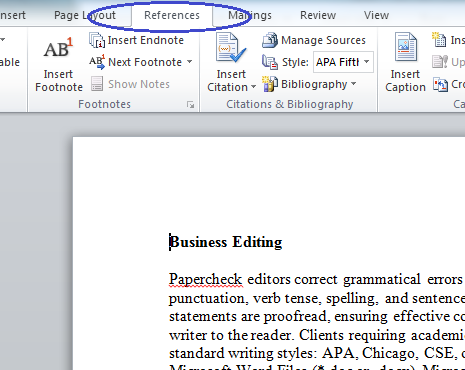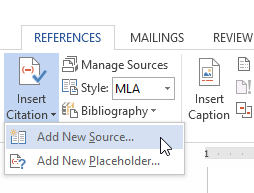

List page numbers of sources efficiently, when needed.Indent the second and subsequent lines of citations by 0.5 inches to create a hanging indent.Double space all citations, but do not skip spaces between entries.The citation entries themselves should be aligned with the left margin. Label the page Works Cited (do not italicize the words Works Cited or put them in quotation marks) and center the words Works Cited at the top of the page.It should have the same one-inch margins and last name, page number header as the rest of your paper. Begin your Works Cited page on a separate page at the end of your research paper.All entries in the Works Cited page must correspond to the works cited in your main text. This resource, updated to reflect the MLA Handbook (9 th ed.), offers examples for the general format of MLA research papers, in-text citations, endnotes/footnotes, and the Works Cited page.Īccording to MLA style, you must have a Works Cited page at the end of your research paper. If you’re not sure what kind of annotations you need, consult your assignment guidelines or ask your instructor.MLA (Modern Language Association) style is most commonly used to write papers and cite sources within the liberal arts and humanities. Read more about the differences between descriptive, evaluative, and reflective annotations here. They shouldn’t go into too much depth quoting or discussing minor details from the source, but aim to write about it in broad terms. MLA states that annotations can describe or evaluate sources, or do both.

Descriptive, evaluative, or reflective annotations? If in doubt, aim to keep your annotations short, but use multiple paragraphs if longer annotations are required for your assignment.

However, it’s acceptable to write multiple-paragraph annotations if you need to. MLA states that annotations usually aim to be concise and thus are only one paragraph long.
MLA FORMAT BIBLIOGRAPHY IN WORD FULL


 0 kommentar(er)
0 kommentar(er)
